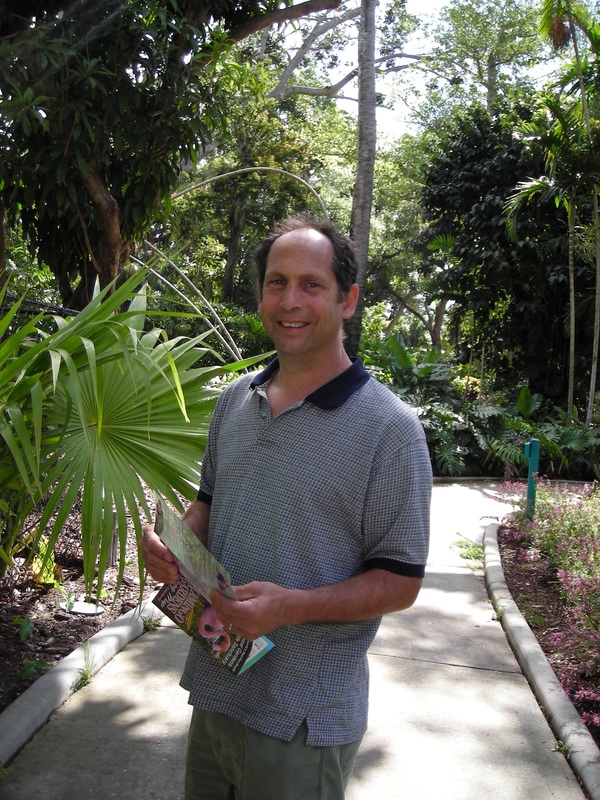Case 5 Kyõgen's "Man up in a Tree"
Kyõgen Oshõ said, "It is like a man up in a tree hanging from a branch with his mouth; his hands grasp no bough, his feet rest on no limb.
Someone appears under the tree and asks him, 'What is the meaning of Bodhidharma's coming from the West?' If he does not answer, he fails to respond to the question. If he does answer, he will lose his life.
What would you do in such a situation?"
Mumon's Comment
Even if your eloquence flows like a river, it is of no avail.
Though you can expound the whole of Buddhist literature, it is of no use.
If you solve this problem, you will give life to the way that has been dead until this moment and destroy the way that has been alive up to now.
Otherwise you must wait for Maitreya Buddha and ask him.
Mumon's Verse
Kyõgen is truly thoughtless;
His vice and poison are endless.
He stops up the mouths of the monks,
And devil's eyes sprout from their bodies.
This Koan is about Zen and the use of language. it is also about active samadhi. Up to this point the practitioner has focused on the the ability to enter the Samadhi of Thoughtlessness no matter what obstacles have been thrown his/her way. Up to this point language has been seen as a problem catching one in the snare of dualism. Sitting in zazen we have learned to cut off our stream of thought again and again until we enter that place where our mind is effortlessly quiet and the non-dual appears. The funny thing is that if you deeply experience the Non-Dual then you will understand that it includes everything including so called duality even dualistic thought and words. Dualistic thoughts and words no longer need to be shunned.
Kyogen presents an interesting image. He tells us it is a simile. For what, the mind of a zen master or the students mind, you who are ready for this koan? You are holding on so tight working so hard that you have no freedom. Yes you have had some deep experiences, passed a few koans but can you walk freely and engage the world and act as the Bodhisattva.
My teacher often tells us that when we practice Zazen we must totally and thoroughly die. This is not some outlier teaching. Dogen tells us that we must drop our body and mind. The Buddha tells us that that we must cut the Twelve Fold Chain of Interdependent Origination, our way of thinking that gives rise to the thought of an I. How many practitioners really understand this? This is the essence of our practice.
Though this Zen death does not kill the body, to really die on the cushion can be a scary thing. It can feel like a real death and in some sense it is As we turn off our stream of thoughts we can feel like we are disappearing. The conscious "I" which seems to be always in our thoughts turns off and then awareness seems to go black as we push our zazen. It is natural to think the "I" which seems to inhabit our minds will disappear and never come back and this can be very scary. Don't be scared because it is not what you think at all. We so identify with this "I" that we think it has some substance, that it is who I am, that it is my soul. But that is not the case, it is just a bunch of thoughts.
Here are some of my experiences. Many years ago I was at a sesshin, working on deepening my concentration when I just disappeared. I was not conscious of it going black. Consciousness just turned off. I had no memory of anything but taking a few breaths at the beginning of the meditation period. After the bell rang I stepped outside of the zendo and realized that the inner stream of thoughts was completely turned off. My head was silent except it wasn't my head. The consciousness that was now awake had the clear impression that it was looking at itself as it looked out into the world. It was the World's (or Universe's) own consciousness. Slowly words started to invade this consciousness and eventually the stream of thinking was back. What was interesting is that the returning of an inner stream of words felt like an alien being, the "I", was invading the consciousness. This experience repeated itself a couple of more times during the sesshin. And then by the end of the sesshin my concentration was so honed that I would disappear for short moments partaking of simple activities like chopping wood or driving my truck, which I found a bit frightening. I was also bubbling with joy and filled with that strange energy called Chi. Dying is not so bad, You will come back but things will be different. They will be different in a good way, you will have experienced your true self.
This koan is about more then just dying. It is asking you to die while expounding the dharma. We can expound the dharma in many ways. Dying is expounding the dharma and there are 84,000 (infinite) ways to expound the dharma. Every action in which we die is expounding the dharma. Hopefully I am dead as I write this commentary. What this means that I am writing this commentary without the thoughts and desires of the small self. Dogen says "fully engage body and mind," and "forget the self." Then as we experience the true self more and more we will find ourselves acting out of the true self which is not just that quiet self but the self that includes everything, including talking language.

 RSS Feed
RSS Feed